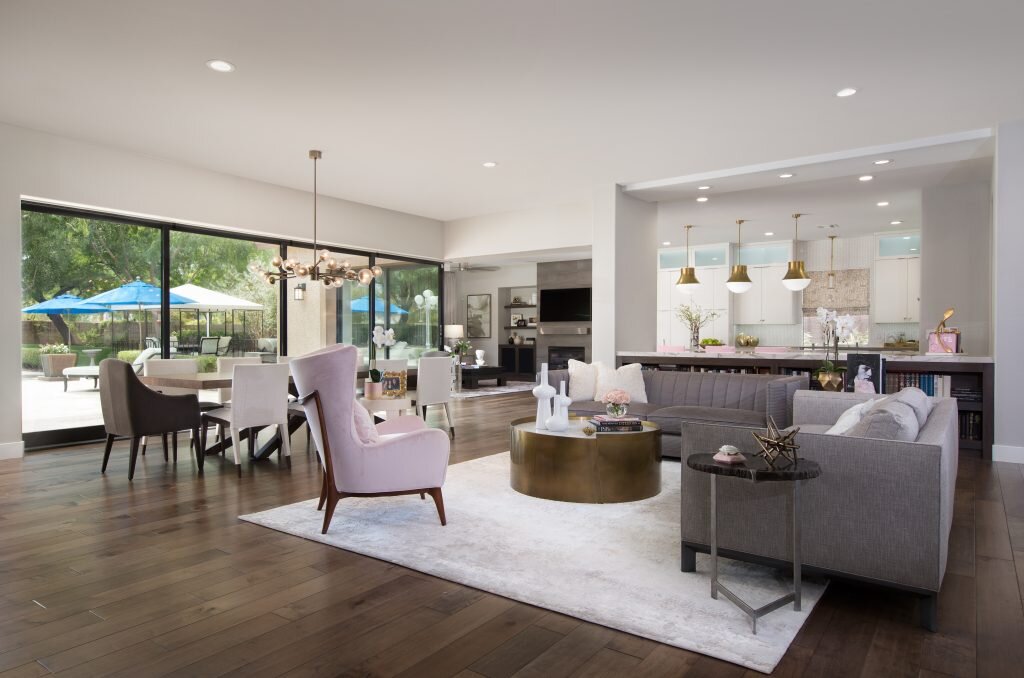Interior Designing is a specialized field of art and science which involves the creative process of coming up with a structure, layout or decor of a space. Interior design is the art and science of improving the interior of an establishment to make it more aesthetically pleasurable and a healthy environment for those using the room. An interior designer is a person who studies, plans, coordinates and supervises these artistic renovation projects. Interior designers also work with architects, engineers, carpet manufacturers and many other contractors to come up with a space that meets the requirements of its visitors.

Interior design is not only concerned with aesthetics. It is also related to the functionality of the room and the arrangement of furniture and equipment in such a way that the desired functional outcome is achieved. When planning the interiors, different considerations have to be taken into account like functionality, space use, accessibility, safety and cost. To ensure a good outcome, the designing team should have good understanding of each of these aspects.
Before beginning the interior design process, it is important to decide on the theme or concept to be used as it influences the process. It is very common to use modern day materials like vinyl, concrete, stainless steel and wood for interiors. These materials are easier to manage and manipulate and lend themselves to customized designs. However, using wooden materials for interiors can have adverse effects like an infestation of termites, rotting of wood, and attack of wood-boring insects like carpenter ants. Modern construction codes allow the use of most of these materials but it is better to check with your local building codes for any restrictions.
Qualifications required for the profession vary from state to state. Most states require an associate degree in arts or interior design, which can be obtained through a combination of classroom learning and on-the-job experience. Some states also require a bachelor’s degree or professional degree which can be acquired by studying specific courses or by completing an apprenticeship. Almost all states require at least two years of practical experience in the field before applying for an entry-level position in this profession. The basic qualification requirements of this profession are: a high school diploma or GED; two years of experience and a professional certification which can be renewed annually.
The role of the interior designer starts with identifying and designing functional spaces within a house or building. Functional spaces within a house include entrance and exit, bedrooms, bathroom, kitchen, living room, terrace, roof and windows. These spaces must be properly planned, using furniture and equipment and space planning techniques. After the identification and design of functional spaces within a home, the next step is to create an aesthetic setting that compliments the interior design. This may include color selection, textures, lighting, wall coverings, carpet type and number. In addition to the aesthetic settings, functional spaces within a house are also created such as shelves, cupboards, doors and windows.
Interior decoration incorporates research and drafting of floor plans and furniture layouts. The furniture is then categorized into different sets such as drawing room furniture, bedroom furniture, bathroom furniture, kitchen furniture, hallway furniture and so forth. After the classification and arrangement of the furniture, accessories are added to bring out the theme and style of the interior decoration. Interior decoration is achieved by adding carpets, rugs, drapes and draperies, wallpaper borders, blinds and shades, pillows, bed covers and mattresses, lighting fittings, floor mats and curtains. An interior decorator also employs lighting techniques and makes interior designs according to the available space.